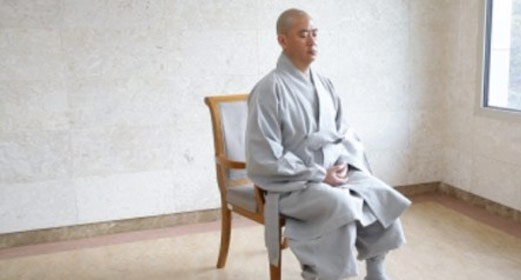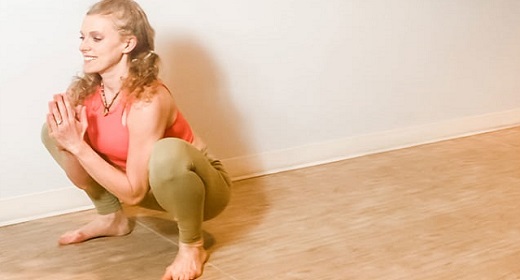by Brandi-Ann Uyemura: Jin Shin Jyutsu isn’t well-known, but the practice promises whole-body healing, either with a practitioner or at home…
In the family of energy healing treatments, Jin Shin Jyutsu isn’t as well-known as reiki or other techniques. Alexis Brink, the Jin Shin Institute director and the author of The Art of Jin Shin,is on a mission to change that. “Because there’s so little known about this art, my intention is to make it more accessible, to make it a more household name.”
Brink describes it in her forthcoming book, Healing at Your Fingertips, as acupuncture without needles. While you may see variations of the name, such as Jin Shin Do, which is a type of acupressure developed by psychotherapist Iona Marsaa Teeguarden, Brink says all the forms of Jin Shin are essentially the same. They all stem from a Japanese man born in 1886 named Jiro Murai.
Murai became terminally ill at 26 and retreated to a cabin where he fasted, meditated, and was miraculously healed. He devoted the rest of his life to understanding the healing process. He passed down what he learned to one student, a Japanese American woman named Mary Burmeister, who is credited with bringing Jin Shin Jyutsu to the West.
The process is similar to reiki, with a practitioner placing their hands on a person’s body and using universal energy to bring it back to a state of balance. “We don’t give our energy away. We don’t take energy from the person. We tap into universal energy so we can be a vessel rather than a source. We allow this light to move to facilitate the energy of the body,” says Brink. But that’s where the similarities end. Through a combination of compassionate listening and tuning into the patient’s energetic pulse, the practitioner decides what specific sequence of healing to focus on. “We read the body. We feel the body and listen to what the person says. We assess the person,” explains Brink.
The practice involves 26 SELs (Safety Energy Locks), or what Brink calls Locations. They are on both sides of the body. “They’re usually joints inside the knee, ankle, or wrist. They act like warning signs. If one or more of them closes, something is going on energetically. If all 26 are open, there is no disease. Things like trauma and illness can cause them to close. When you place your hands on the body, you can start to feel the energy open up.” For clients experiencing this treatment, Brink says, “It feels really amazing, like being in a state of deep relaxation.”
Jin Shin Jyutsu can help a range of issues. Brink has supported patients with cancer, chronic pain, and anxiety, as well as those who feel unwell but haven’t received a formal diagnosis. Once during a flight, Brink used her techniques to treat three passengers who fainted. In every situation, the practitioner gently addresses underlying issues, sometimes in combination with Western medicine. “Often [cancer patients] do take medical treatment with chemotherapy and radiation, and Jin Shin helps to keep their blood counts and energy up so they’re not as fatigued and nauseated.”
Brink teachers her clients how to work on themselves daily. “People find great relief. It’s like a meditation practice. For most people, it becomes an important part of their self-care.” This is especially relevant today when getting access to in-person sessions with any wellness practitioner may be impossible.
In her new book Brink provides simple techniques ordered alphabetically from allergies to wellbeing. Here are two quick fixes:
- For panic attacks, Brink recommends holding your index finger. She says in this way you are holding the emotion of fear. “Fear is a cause for disease and disharmony. Each of the fingers can be used to harmonize different emotions. It can also harmonize organ functions,” says Brink.
- If you’re experiencing worry, she says, “The thumb helps to harmonize worry. It’s an innate part of us. A baby sucks their thumb because it’s self-soothing and it also helps their digestion. To harmonize worry, you can hold your thumb.”









































